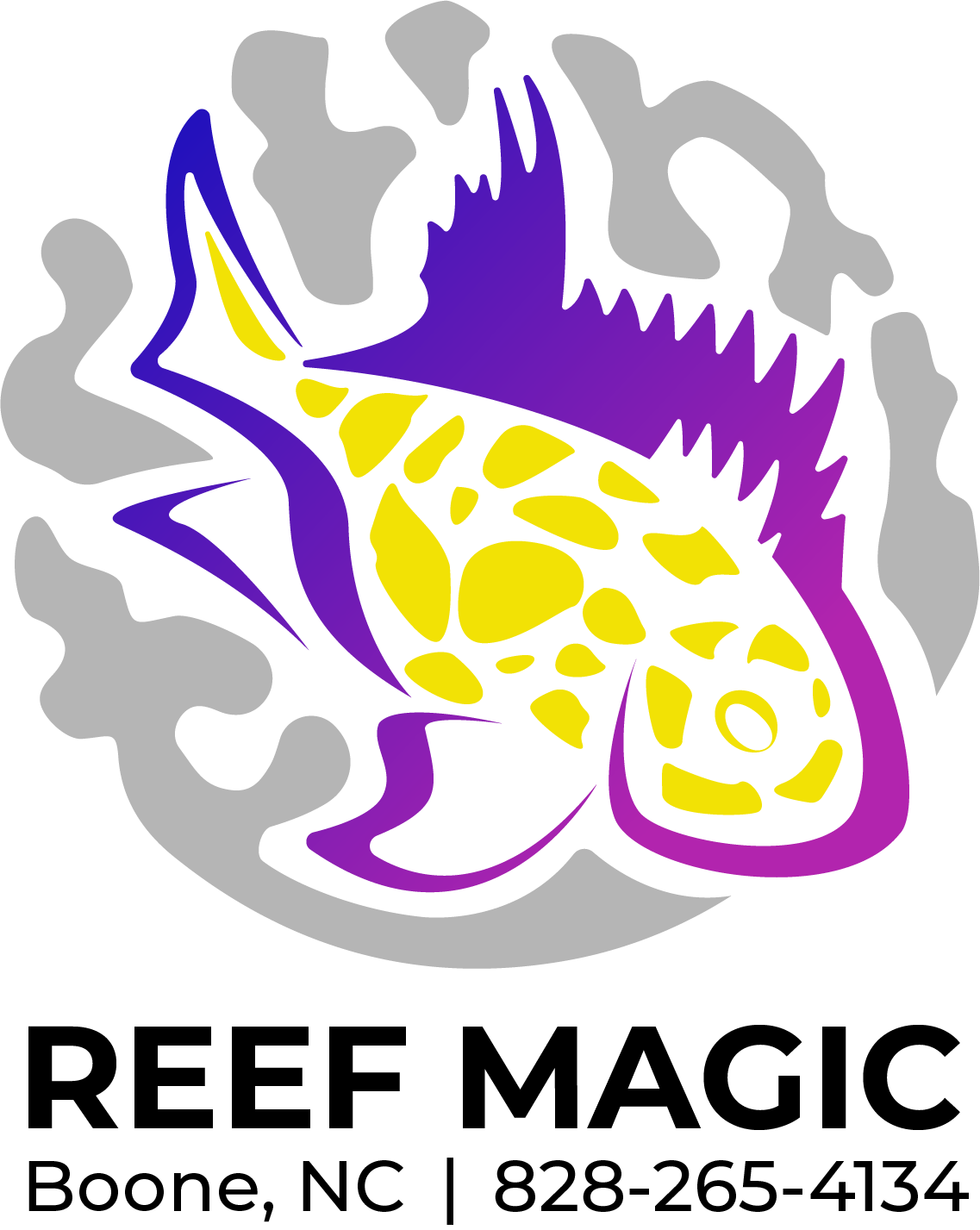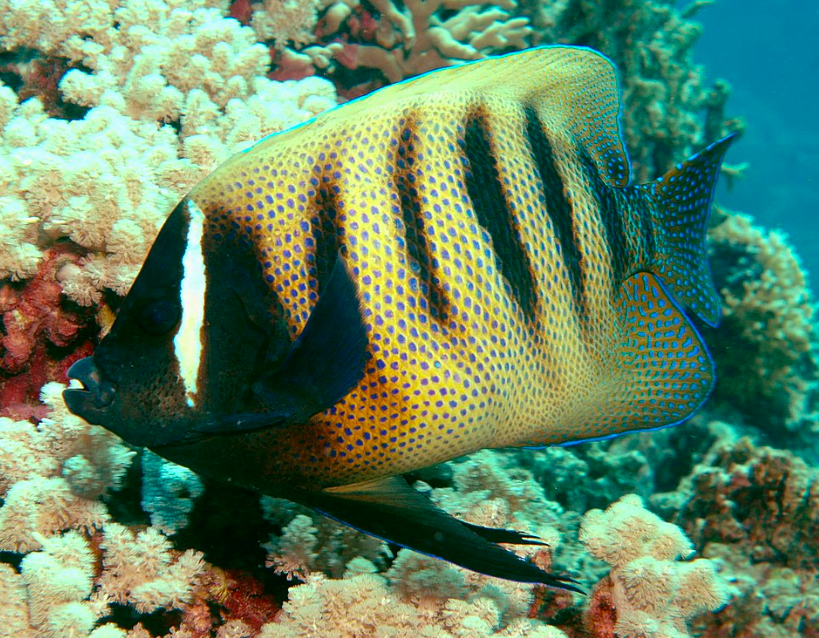 Image 1 of 1
Image 1 of 1


Lemon Peel Angelfish
The Lemonpeel Angelfish (Centropyge flavissimus) is a beautiful and vibrant marine fish that is popular among aquarium enthusiasts. Here's a care sheet to help you provide the best possible environment for your Lemonpeel Angelfish:
Tank Setup:
Tank Size:
A minimum tank size of 30 gallons is recommended for a single Lemonpeel Angelfish. Larger tanks are better, especially if you plan to keep multiple angelfish or other tank mates.
Aquascape:
Provide plenty of live rock for hiding spots, territorial boundaries, and grazing surfaces.
Create caves and crevices to offer hiding places and shelter.
Water Parameters:
Temperature:
Keep the water temperature between 72-78°F (22-26°C).
pH:
Maintain a stable pH level between 8.1 and 8.4.
Salinity:
Keep the salinity in the range of 1.020 to 1.025.
Ammonia, Nitrites, and Nitrates:
Regularly test and maintain ammonia and nitrite levels at zero. Keep nitrates below 20 ppm through regular water changes.
Water Flow:
Provide moderate water flow, mimicking the natural reef environment.
Lighting:
Lemonpeel Angelfish do well with a well-lit tank, as they come from shallow reef areas. Use high-quality LED lighting to simulate a natural day-night cycle.
Diet:
Varied Diet:
Offer a diverse diet that includes high-quality flakes, pellets, frozen, and live foods.
Include marine algae, spirulina, and other vegetable-based foods.
Feeding Frequency:
Feed small amounts multiple times a day rather than one large meal.
Lemonpeel Angelfish are grazers, so providing live rock with algae is beneficial.
Compatibility:
Tank Mates:
Exercise caution when selecting tank mates; avoid aggressive species.
Keep only one angelfish per tank unless the tank is exceptionally large.
Reef Compatibility:
Lemonpeel Angelfish may nip at coral polyps and clam mantles, so be cautious in a reef tank.
Behavior:
Lemonpeel Angelfish may establish territories, especially in smaller tanks, so monitor for aggression.
Health:
Quarantine new fish before introducing them to the main tank to prevent the spread of diseases.
Regularly monitor for signs of common diseases, such as ich.
Breeding:
Breeding Lemonpeel Angelfish in captivity is challenging. Successful breeding often occurs in large, well-established reef systems.
Conclusion:
Providing a well-maintained and suitable environment, a balanced diet, and careful consideration of tank mates are crucial for the health and well-being of Lemonpeel Angelfish. Regular monitoring, water testing, and a proactive approach to any potential issues will contribute to a successful and thriving aquarium.
The Lemonpeel Angelfish (Centropyge flavissimus) is a beautiful and vibrant marine fish that is popular among aquarium enthusiasts. Here's a care sheet to help you provide the best possible environment for your Lemonpeel Angelfish:
Tank Setup:
Tank Size:
A minimum tank size of 30 gallons is recommended for a single Lemonpeel Angelfish. Larger tanks are better, especially if you plan to keep multiple angelfish or other tank mates.
Aquascape:
Provide plenty of live rock for hiding spots, territorial boundaries, and grazing surfaces.
Create caves and crevices to offer hiding places and shelter.
Water Parameters:
Temperature:
Keep the water temperature between 72-78°F (22-26°C).
pH:
Maintain a stable pH level between 8.1 and 8.4.
Salinity:
Keep the salinity in the range of 1.020 to 1.025.
Ammonia, Nitrites, and Nitrates:
Regularly test and maintain ammonia and nitrite levels at zero. Keep nitrates below 20 ppm through regular water changes.
Water Flow:
Provide moderate water flow, mimicking the natural reef environment.
Lighting:
Lemonpeel Angelfish do well with a well-lit tank, as they come from shallow reef areas. Use high-quality LED lighting to simulate a natural day-night cycle.
Diet:
Varied Diet:
Offer a diverse diet that includes high-quality flakes, pellets, frozen, and live foods.
Include marine algae, spirulina, and other vegetable-based foods.
Feeding Frequency:
Feed small amounts multiple times a day rather than one large meal.
Lemonpeel Angelfish are grazers, so providing live rock with algae is beneficial.
Compatibility:
Tank Mates:
Exercise caution when selecting tank mates; avoid aggressive species.
Keep only one angelfish per tank unless the tank is exceptionally large.
Reef Compatibility:
Lemonpeel Angelfish may nip at coral polyps and clam mantles, so be cautious in a reef tank.
Behavior:
Lemonpeel Angelfish may establish territories, especially in smaller tanks, so monitor for aggression.
Health:
Quarantine new fish before introducing them to the main tank to prevent the spread of diseases.
Regularly monitor for signs of common diseases, such as ich.
Breeding:
Breeding Lemonpeel Angelfish in captivity is challenging. Successful breeding often occurs in large, well-established reef systems.
Conclusion:
Providing a well-maintained and suitable environment, a balanced diet, and careful consideration of tank mates are crucial for the health and well-being of Lemonpeel Angelfish. Regular monitoring, water testing, and a proactive approach to any potential issues will contribute to a successful and thriving aquarium.






